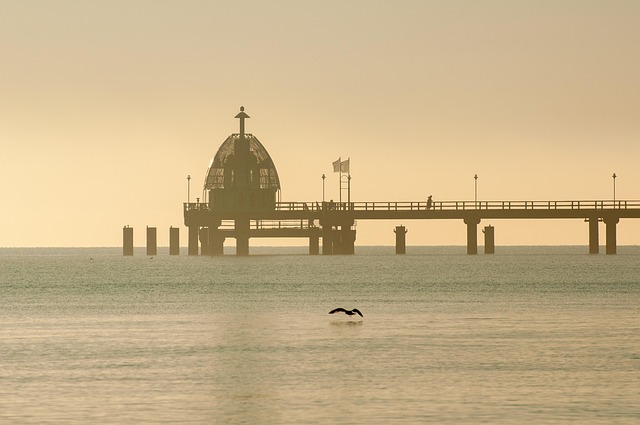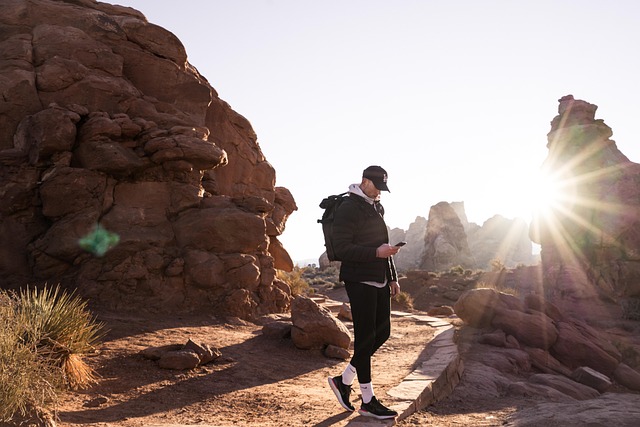Are Adventure Activities Like Zip-Lining Covered by Travel Insurance?
Introduction
Zip-lining has become one of the most popular adventure activities for American travelers. Whether you’re soaring over the lush rainforests of Costa Rica, gliding above the Smoky Mountains in Tennessee, or experiencing the thrill of Hawaii’s Kauai canopy tours, zip-lining offers an adrenaline rush like no other. But here’s the big question many travelers ask: does travel insurance cover zip lining?
The short answer is sometimes. Coverage often depends on the type of policy you purchase, the insurer, and whether the activity is classified as a “high-risk” or “adventure sport.”
In this guide, we’ll break down how U.S. travelers can make sure their zip-lining adventures are protected, share expert insights, real examples, and even look at data on why adventure coverage matters.
Why Zip-Lining Isn’t Always Automatically Covered
Most basic travel insurance policies are designed to cover everyday risks such as trip cancellation, lost luggage, or emergency medical expenses. However, insurers often exclude “hazardous” or “extreme” activities—anything with higher chances of injury.
Unfortunately for thrill-seekers, zip-lining often falls into this category. Many standard plans won’t automatically cover it unless you purchase an adventure sports rider or add-on.
Real Example: A Traveler’s Experience
In 2023, TravelInsuranceReview.net shared the story of an American family in Puerto Rico. One of them injured their wrist while zip-lining and needed medical attention. Because their basic policy didn’t include “adventure activities,” the insurer initially denied the claim. The family later learned that for just $25 more, they could have added an adventure sports upgrade that would have covered the injury.
This case highlights why simply assuming you’re covered can be a costly mistake.
What U.S. Insurers Say About Zip-Lining Coverage
We asked several U.S. travel insurance providers how they treat zip-lining:
- Allianz Travel Insurance – Classifies zip-lining as an “adventure activity” and requires a specific upgrade for coverage.
- Travel Guard (AIG) – May cover zip-lining if no competitive or professional element is involved, but travelers should check policy wording carefully.
- World Nomads – Known for being adventure-friendly, often covering activities like zip-lining in their standard policies, though medical evacuation may vary by destination.
💡 Expert Tip: Always look for the terms “hazardous sports” or “adventure activities” in your policy fine print.
Data: How Common Are Zip-Lining Accidents?
The National Safety Council estimates around 3,600 injuries from zip-lining occur annually in the U.S., with many involving sprains, fractures, or concussions. While fatalities are rare, medical evacuations—especially abroad—can cost $20,000–$100,000 if you don’t have the right coverage.
This is why insurers classify zip-lining as “high-risk,” even though most people complete the activity safely.
Case Study: Adventure Insurance in Action
Consider Melissa, a 34-year-old traveler from Texas, who booked a trip to Costa Rica. She added a Sports & Adventure Package to her travel insurance for $45 extra. During her zip-line excursion, she landed awkwardly and sprained her ankle. The local clinic visit, x-ray, and medication cost about $400. Her policy reimbursed her in full.
For Melissa, that small add-on turned out to be a wise investment.
How to Make Sure You’re Covered for Zip-Lining
If you’re planning a trip that includes zip-lining, here’s what to do:
- Check your policy exclusions – Look specifically for “adventure sports” or “hazardous activities.”
- Ask your insurer directly – Get written confirmation if zip-lining is covered.
- Consider add-ons – Many insurers offer Adventure Sports Riders for a small fee.
- Compare insurers – Some, like World Nomads, cater to thrill-seekers, while others may exclude activities.
- Look into evacuation coverage – If you’re zip-lining in remote areas, medical evacuation is crucial.
Expert Commentary
According to Sarah Brown, a licensed U.S. travel insurance advisor:
“Many travelers assume their standard policy covers all recreational activities, but that’s rarely the case. If you plan on zip-lining, scuba diving, or even riding ATVs, you need to confirm coverage or purchase the right rider. Otherwise, a fun trip could turn into a financial nightmare.”
Final Thoughts
So, does travel insurance cover zip lining? Not always—but it can if you purchase the right policy or add-on. For U.S. travelers, the safest approach is to review your coverage before you book your adventure, not after an accident happens.
With medical evacuation costs reaching tens of thousands of dollars abroad, paying a little extra for adventure coverage could be the best investment of your trip.







Post Comment